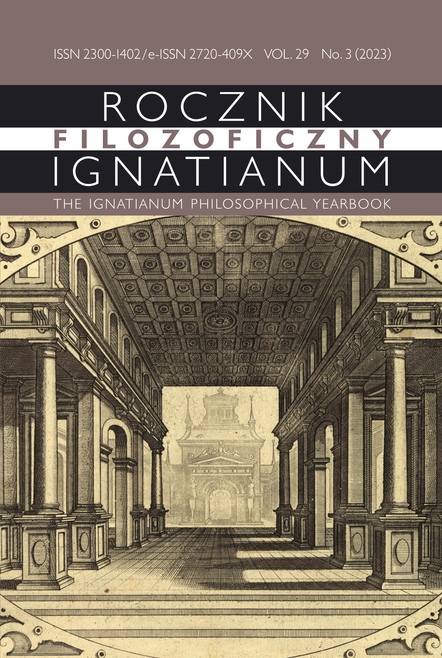Vol. 29 No. 3 (2023)

In this, the latest volume of the Rocznik Filozoficzny Ignatianum, the first few texts are dedicated to the cultural significance of architecture. For time immemorial architecture has been a means of expressing ideas, harmony and proportion. In the ancient and medieval times the task of architecture was to reflect the principles of balance and symmetry found in the surrounding world. During the Renaissance architecture ceased being classified as a merely technical endeavor and began to be viewed also in a humanistic context. It was recognized that architecture is not merely proper building construction, but through the use of symbols and aesthetics it exerts a strong influence on culture and society. Both monumental structures (temples, university buildings, seats of power), as well as ordinary residences were designed to reflect the social needs of the time. Simplicity and symmetry vied with extravagance, dynamism and theatricality of form. The search for the root causes of these phenomena is the main thrust of the ideas presented in the texts below.




